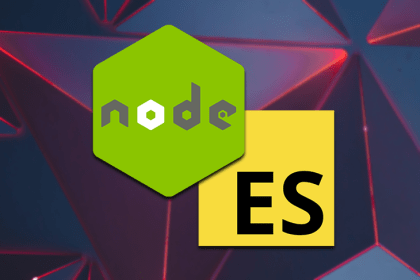
Explore how far the journey of supporting ES modules has come in the world of Node.js.
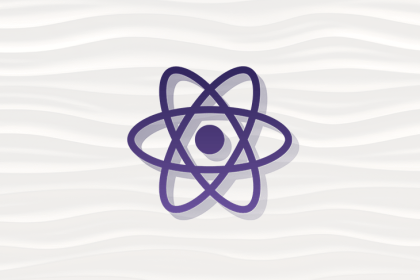
Having trouble implementing a sticky header on a table? Take a look at how to build a sticky header using React Hooks.

When you don’t need a full-fledged Elasticsearch instance, Fuse.js provides a straightforward search solution that’s easy to integrate with React.
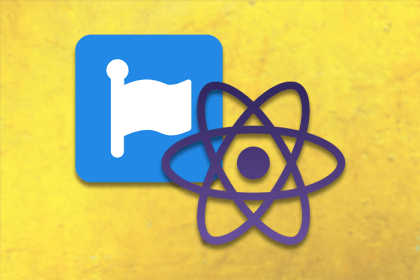
Font Awesome is a great add-on for showing icons on social media platforms that you can easily install into your React project.

These best practices will help you load fonts in Vue apps, ensuring you serve fonts that look nice without compromising performance.
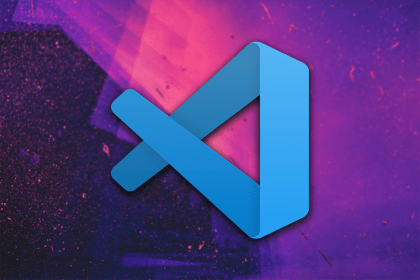
Learn how to set up a project and write your first VS code extension in JavaScript.

Learn how you can use Next.js in a pre-existing React application to add server-side rendering to your project.
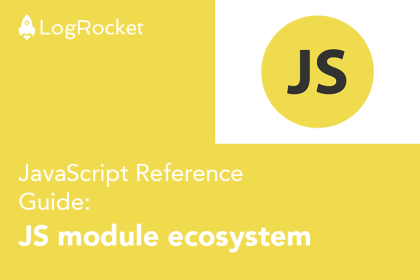
This guide explains how to create and use modules in JavaScript applications using the module systems available in the JavaScript ecosystem.
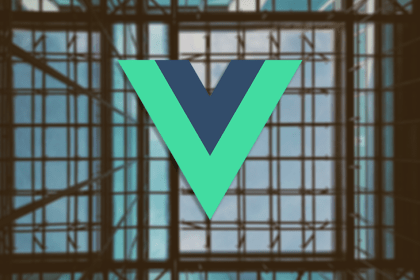
Evaluate the top frameworks available for building mobile applications with Vue.js and compare the strengths and weaknesses of each.

Split panes are a constant part of a developer’s life. Here, you can learn how to create a split pane component in React from scratch.

Learn about Gridsome, a Jamstack framework for Vue.js. This SSG has all the speed and efficiency you need to build modern, efficient websites and apps.
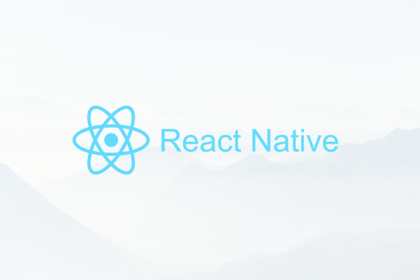
This tutorial will guide you on how to implement in-app purchases in React Native, which will allow your mobile app to receive user payments.